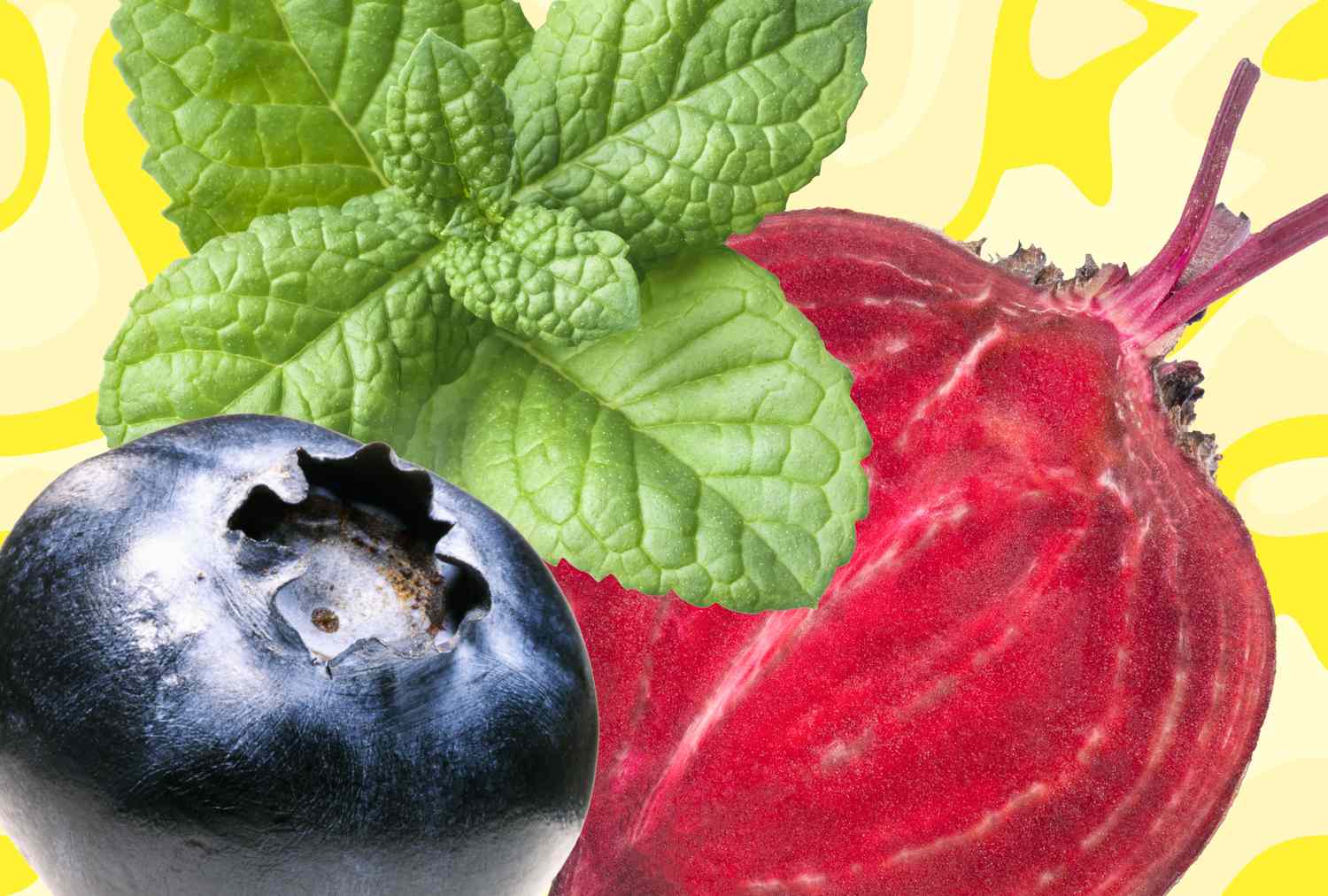Blog
8 Best Anti-Inflammatory Foods to Eat in July

- Incorporating seasonal food in July can help increase your antioxidant intake.
- Anti-inflammatory foods can help decrease your risk of chronic diseases, such as heart disease.
- Seasonal produce like avocados, blueberries and beets are rich in anti-inflammatory nutrients.
When you see farmers’ market stalls brimming with juicy blueberries, bouquets of mint and crisp cucumbers, you know summer is really here. And these summer staples don’t just taste like summer—they’re packed with nutrition too. In fact, they’re rich in antioxidants, fiber and healthy fats that can dial down the chronic inflammation to reduce your risk of health conditions like heart disease, type 2 diabetes and even depression.
This month, the best anti-inflammatory foods also happen to be the ones at their flavorful peak—fresh, vibrant and easy to enjoy. We asked registered dietitians what they’re stocking up on this summer and how they’re serving them for maximum benefit. Here are their top picks and the tastiest ways to make the most of them while they’re in season.
1. Watermelon
With its high water content and vibrant red color, watermelon is a refreshing way to beat the heat—and sneak in some powerful anti-inflammatory nutrients. “Watermelon contains vitamin C and lycopene to support cellular health,” says registered dietitian nutritionist Yvette Hill, RDN, IBCLC. Lycopene, in particular, has been shown to help reduce inflammation by neutralizing free radicals in the body.
How to enjoy: Hill recommends blending frozen watermelon cubes with lime juice and a touch of sweetener to make a simple sorbet. Whether you eat it by the slice or whirl it into a smoothie, watermelon is a sweet and soothing way to stay cool and nourished.
2. Beets
Beets bring more to the table than just bold color—they’re loaded with compounds that may help your health in several ways. “Beets have anti-inflammatory properties partly due to a phytonutrient that gives beets their red color, betalains,” says Hill. “They may also help support heart health and improve athletic performance due to their nitrate content.”
How to enjoy: July is an ideal time to enjoy beet salad or roasted beets. Hill suggests tossing beets with arugula and goat cheese for a quick, nutrient-packed side dish.
3. Cucumbers
With a water content of around 95%, cucumbers are an excellent choice for cooling down. “Not only are they hydrating and cooling, but they also contain flavonoids to lessen inflammation,” Hill explains.
How to enjoy: Slice cucumbers for cucumber salad, press them into fresh juices or enjoy them pickled for a tangy snack. Their crisp texture and refreshing flavor make them a perfect addition to any summer meal.
4. Blueberries
Blueberries are well-known for being high in health-promoting compounds called anthocyanins. “Blueberries are chock-full of antioxidants that help to fight free radicals in the body, which in turn can reduce your risk of chronic disease over time,” says Staci Gulbin, M.S., M.Ed., RDN.
They’re also high in fiber (about 3.5 grams per cup) to support gut health, which plays a key role in inflammation regulation.
How to enjoy: Add them to iced tea, toss them in fruit salad or enjoy them on their own while they’re at peak ripeness this month.
5. Salmon
Fatty fish like salmon are among the best-known anti-inflammatory foods, thanks to their high levels of omega-3 fatty acids. “Research shows that eating fatty fish like salmon on a regular basis can help reduce one’s risk of heart disease over time,” Gulbin says.
July is the peak season for wild salmon in many parts of the U.S., so now is a great time to enjoy it fresh.
How to enjoy: Gulbin recommends brushing salmon fillets with olive oil, seasoning with garlic powder and salt and grilling them until they reach 145°F internally for a savory, nutrient-dense entree.
6. Avocado
Avocados deliver inflammation-fighting fats and fiber in every creamy bite. One avocado packs an impressive 13.5 grams of fiber, along with heart-healthy unsaturated fats.
How to enjoy: Gulbin suggests making a quick guacamole with mashed avocado, lime juice, diced tomato and red onion—perfect as a dip or a topping for grilled proteins.
7. Mint
Mint is more than a garnish—it’s a culinary herb with anti-inflammatory power. “Mint contains compounds such as menthol and rosmarinic acid,” Hill says. These compounds may help soothe digestion and calm the body’s inflammatory response.
How to enjoy: Try mint chopped into salads, stirred into lemonade or blitzed into a sorbet. You can even pair it with watermelon for a refreshing, cooling treat.
8. Spinach
Leafy greens are anti-inflammatory powerhouses, and spinach is one of the most versatile. It’s low in calories and packed with antioxidants like lutein and zeaxanthin, which are especially beneficial for eye health. Spinach also contains alpha-lipoic acid, a compound studied for its potential brain-supporting properties.
How to enjoy: Toss fresh baby spinach with olive oil and herbs for a simple side dish, or mix it into smoothies or chilled soups.
Anti-Inflammatory Recipes to Try
Our Expert Take
July is bursting with antioxidant-rich, anti-inflammatory foods that make healthy eating easy and enjoyable. “When you focus on eating fresh, seasonal foods that help reduce inflammation, you’re supporting your body on multiple levels—from hydration to heart health to digestion,” says Hill.
Gulbin adds that incorporating these foods doesn’t have to be complicated. “Choose colorful, whole foods that are in season and use simple preparations that highlight their natural flavor,” she says. “That’s the best way to eat well this summer.”












